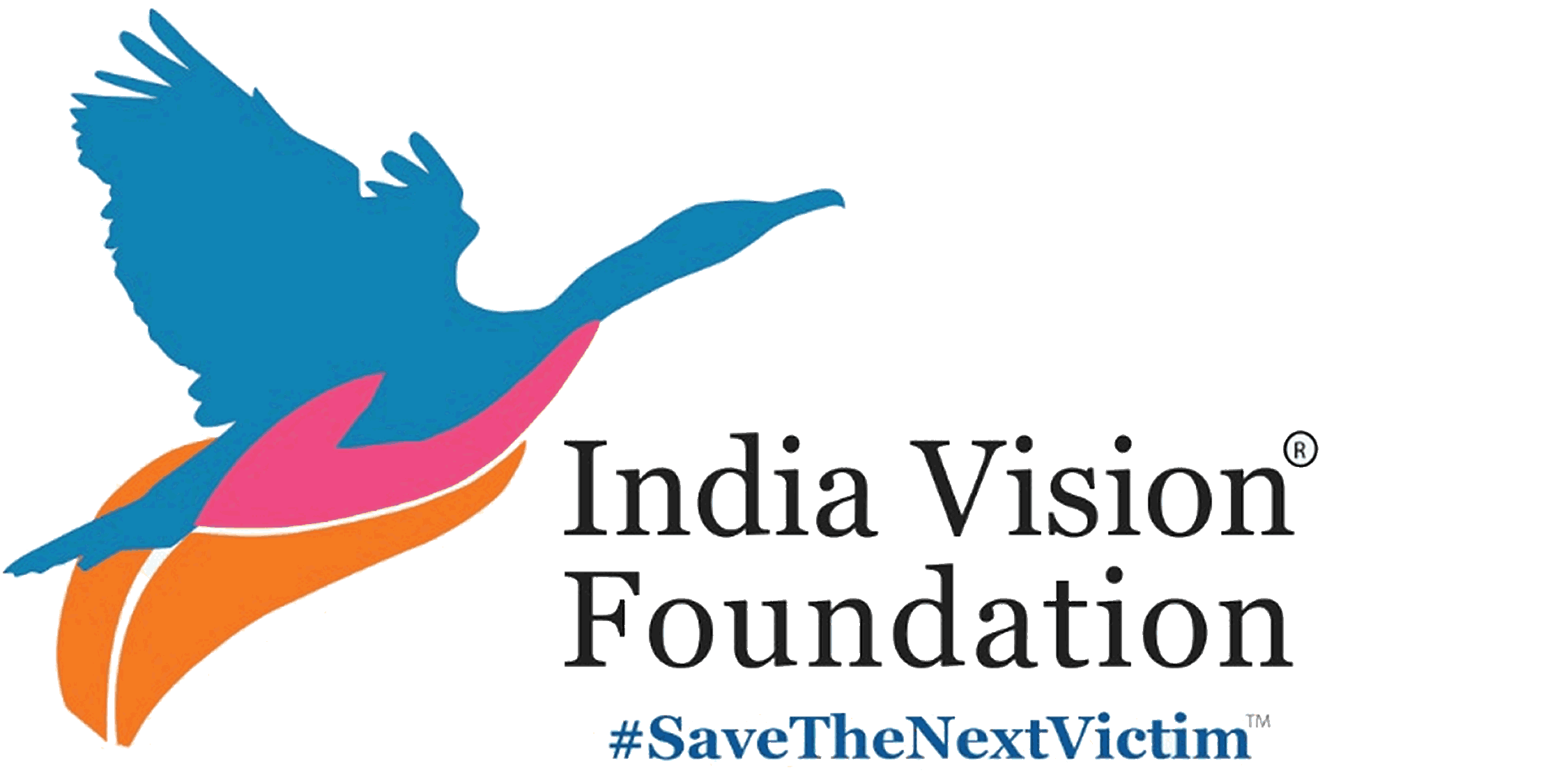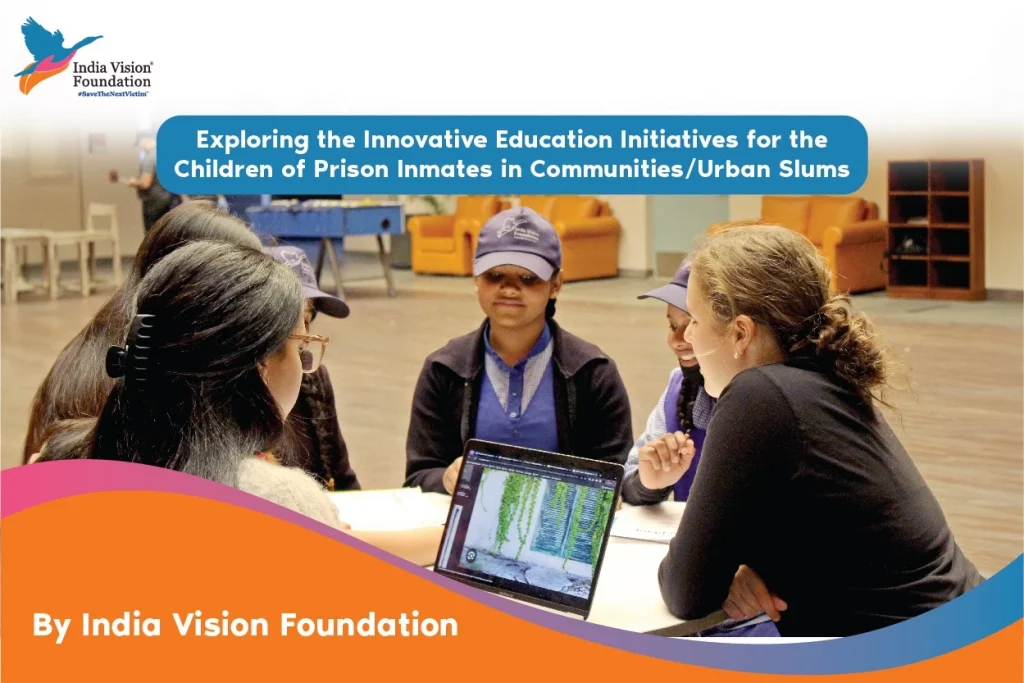In the bustling chaos of urban slums, amidst the cacophony of daily struggles, there exists a beacon of hope: the Children of Vulnerable Families Program. This initiative, driven by a profound commitment to break the cycle of adversity, shines a light on the often-overlooked children of incarcerated parents.
In this blog, we delve deep into the heart of this innovative educational endeavour, exploring its theory of change, its methodology, and the transformative impact it has on the lives of vulnerable children.
Understanding the Theory of Change
At the core of the Children of Vulnerable Families Program lies a profound recognition of the challenges faced by children whose parents are incarcerated. The theory of change begins with the acknowledgement of parental incarceration as a significant barrier to a child’s holistic development.
It identifies the critical juncture when children reach the age of six, transitioning from early childhood to a pivotal stage where uninterrupted education becomes paramount.
The Journey Begins: From Identification to Intervention
The journey of a child enrolled in the program starts with a referral from the dedicated prison social workers of India Vision Foundation. These unsung heroes play a crucial role in identifying children in vulnerable situations, signalling the beginning of a transformative process. Following the referral, a dedicated team from the Children of Vulnerable Families Program conducts an initial home visit.
This visit serves as a foundational step, allowing the team to assess the child’s family dynamics, living conditions, and available support systems. Through careful observation and assessment, they gain insights into the child’s emotional well-being, behavioural patterns, and academic performance.
Crafting a Roadmap for Success
Armed with a comprehensive understanding of the child’s needs, challenges, and aspirations, the team meticulously compiles a detailed report. This report not only outlines the child’s struggles but also offers tailored recommendations for intervention. It serves as a roadmap, guiding the way towards holistic support and empowerment.
Empowerment through Education: The Enrollment Process
The enrollment process marks a significant milestone in the child’s journey. Caregivers, armed with newfound hope and determination, complete admission and consent forms, providing the necessary documentation. With thorough review and consideration, program enrollment is finalised, paving the way for a transformative educational experience.
A Continuum of Care: Ongoing Support and Monitoring
Education is not a destination but a journey—a journey that requires unwavering support and guidance. The Children of Vulnerable Families Program understands this fundamental truth, and thus, commitment to regular follow-up is ingrained in its ethos.
Through ongoing home visits, the team maintains regular contact with the child and their family, providing continuous support, monitoring progress, and addressing emerging needs or challenges.
Beyond the Classroom: Holistic Development in Action
The Children of Vulnerable Families Program transcends the boundaries of traditional education. It is a holistic endeavour that nurtures not only academic excellence but also emotional resilience, social skills, and personal growth.
Through educational workshops, psychosocial support, and community engagement, children are empowered to embrace their potential and thrive in the face of adversity.
My Child, Our Future: Stories of Resilience and Hope
Embedded within the fabric of the Children of Vulnerable Families Program are countless stories of resilience, courage, and hope.
Each child, once confined by the shadows of parental incarceration, emerges as a beacon of light, illuminating the path towards a brighter future. Their journey is a testament to the transformative power of education, empathy, and unwavering support.
Conclusion:
In the heart of urban slums, where adversity looms large, the Children of Vulnerable Families Program stands as a testament to the power of innovation, compassion, and collective action. It is a call to arms—a call to break the shackles of intergenerational poverty and injustice.
As we navigate the complexities of our world, let us remember the transformative potential that lies within each child. Let us stand united in our commitment to nurture bright futures, one child at a time.


